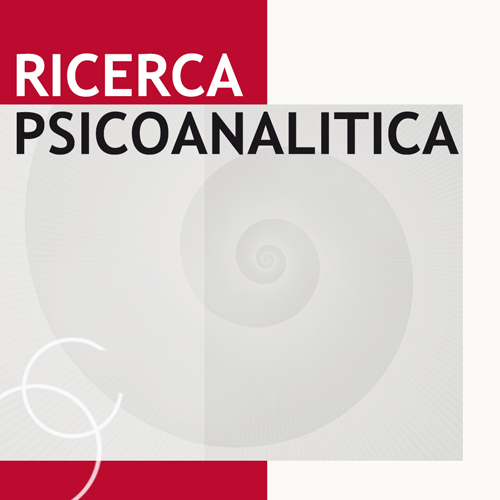Cicogne tecnologiche: genitori e figli nati dalla scienza!
Ricevuto: 6 ottobre 2020
Accettato: 13 dicembre 2020
Pubblicato: 23 aprile 2021
Accettato: 13 dicembre 2020
Abstract Views: 3704
PDF (English): 186
PDF: 233
PDF: 233
Publisher's note
All claims expressed in this article are solely those of the authors and do not necessarily represent those of their affiliated organizations, or those of the publisher, the editors and the reviewers. Any product that may be evaluated in this article or claim that may be made by its manufacturer is not guaranteed or endorsed by the publisher.
All claims expressed in this article are solely those of the authors and do not necessarily represent those of their affiliated organizations, or those of the publisher, the editors and the reviewers. Any product that may be evaluated in this article or claim that may be made by its manufacturer is not guaranteed or endorsed by the publisher.
Articoli simili
- Maria Luisa Tricoli, Massimo Fontana, Federica Formaggi, Marina Romano, Percorsi in dialogo: sulle tracce di un Soggetto in divenire , Ricerca Psicoanalitica: V. 35 N. 2 (2024)
- Valentina Argento, Commento al caso clinico: La figura paterna per una coppia lesbica che sta facendo procreazione medicalmente assistita , Ricerca Psicoanalitica: V. 34 N. 2 (2023)
- Giuliana Nico, La figura paterna per una coppia lesbica che sta facendo procreazione medicalmente assistita , Ricerca Psicoanalitica: V. 34 N. 2 (2023)
- Daniele Morelli, Laura Corbelli, La creatività in psicoterapia come “dialogo co-riflessivo tra soggetti agenti”: una proposta clinica e teorica , Ricerca Psicoanalitica: V. 35 N. 2 (2024)
- Linda Alfieri, Mariacarmela Abbruzzese, Enrico Vincenti, Commento , Ricerca Psicoanalitica: V. 35 N. 3 (2024)
- Romina Coin, Pensieri su soggetto e relazione , Ricerca Psicoanalitica: V. 33 N. s1 (2022): L'Italia e le sue proposte relazionali
- Martina Mancuso, Giovanna Di Giacomo, Quale configurazione? , Ricerca Psicoanalitica: V. 35 N. 2 (2024)
- Rocco Filipponeri Pergola, Costanza Rosati, La scuola come luogo per una ‘clinica del sociale’ (PolisAnalisi) , Ricerca Psicoanalitica: V. 33 N. 1 (2022)
- Cristina Sempio, Commento al caso clinico: La figura paterna per una coppia lesbica che sta facendo procreazione medicalmente assistita , Ricerca Psicoanalitica: V. 34 N. 2 (2023)
- Giuliana Nico, La figura paterna per una coppia lesbica che sta facendo procreazione medicalmente assistita: risposta ai commenti al caso , Ricerca Psicoanalitica: V. 34 N. 2 (2023)
Puoi anche Iniziare una ricerca avanzata di similarità per questo articolo.

 https://doi.org/10.4081/rp.2021.435
https://doi.org/10.4081/rp.2021.435







